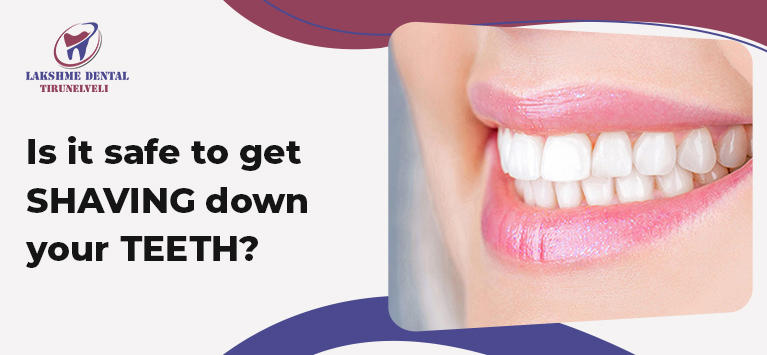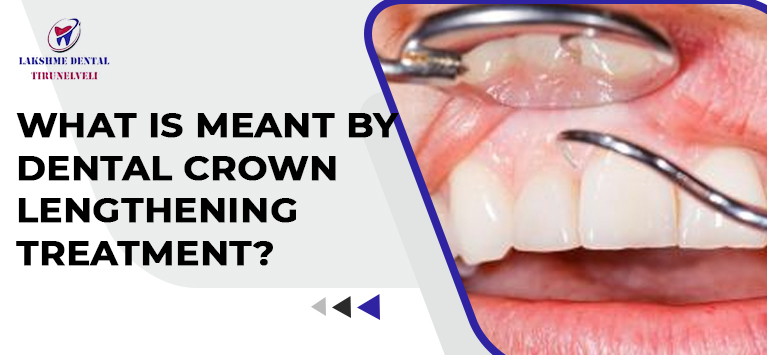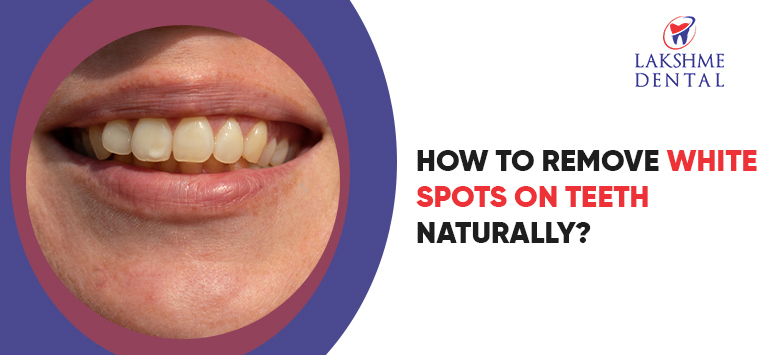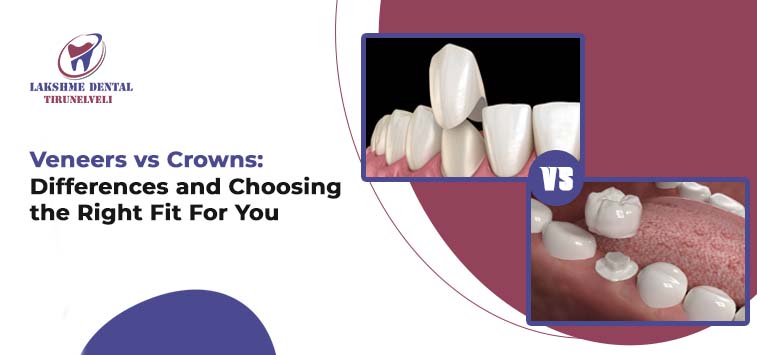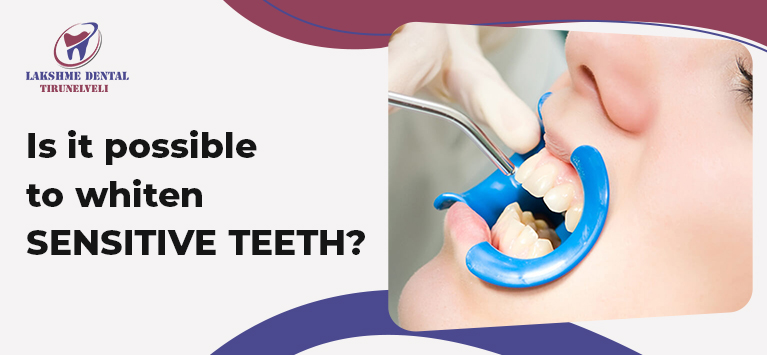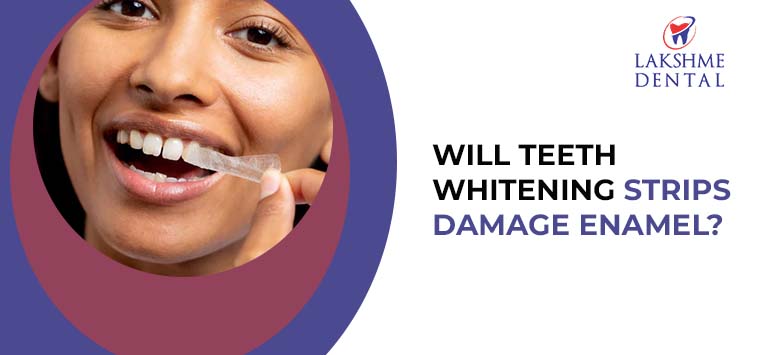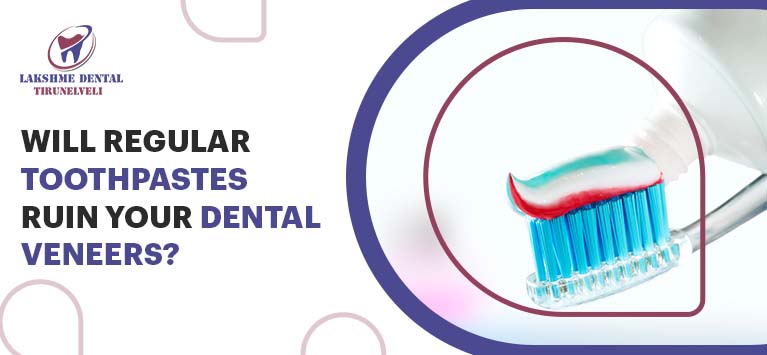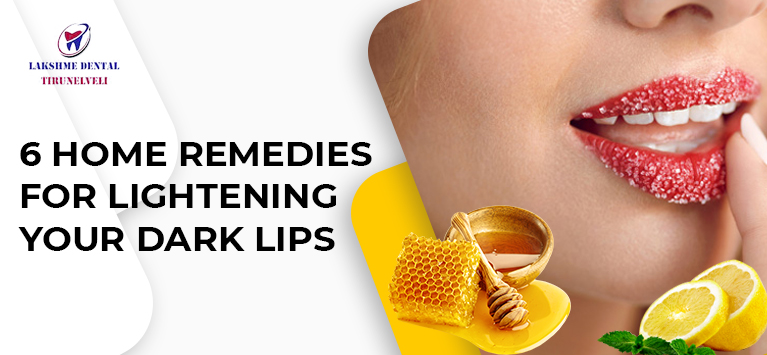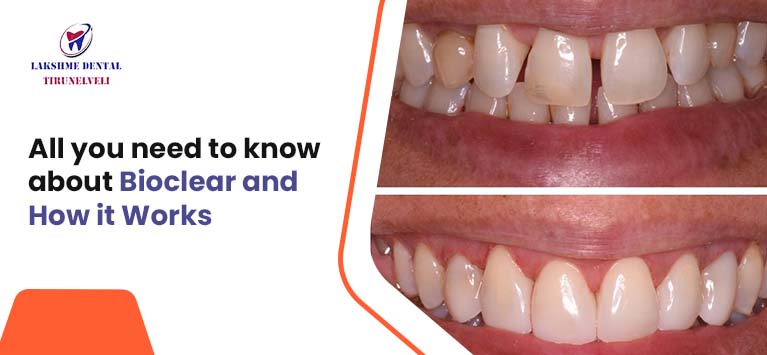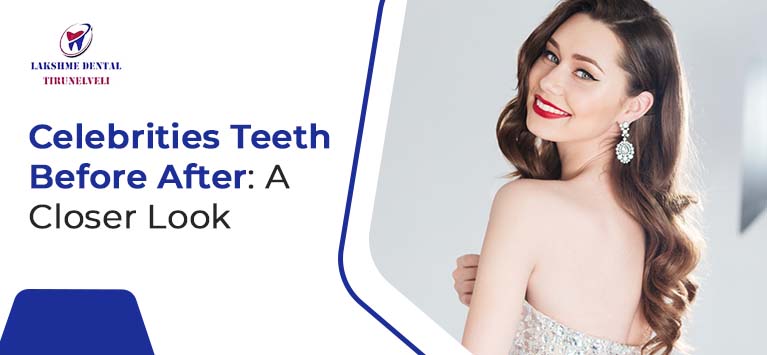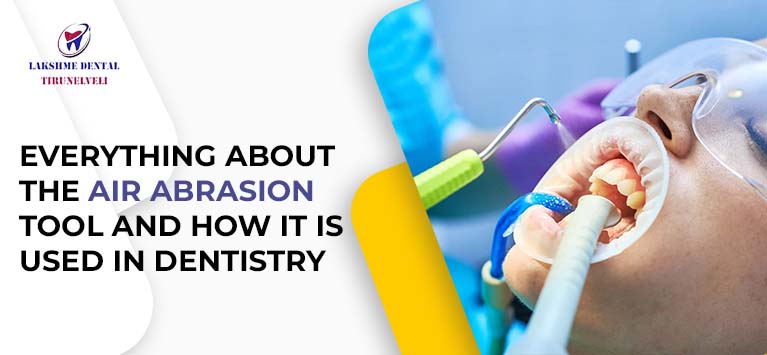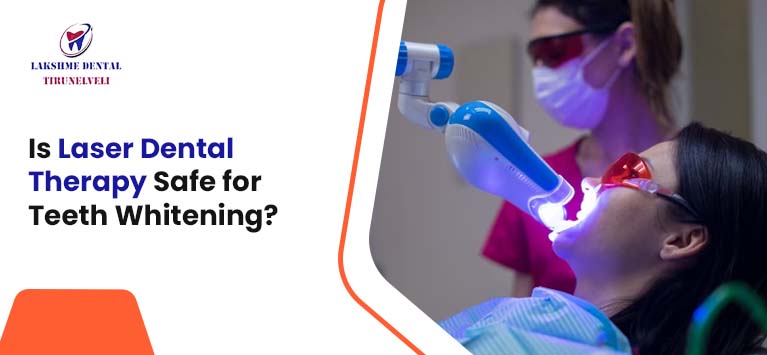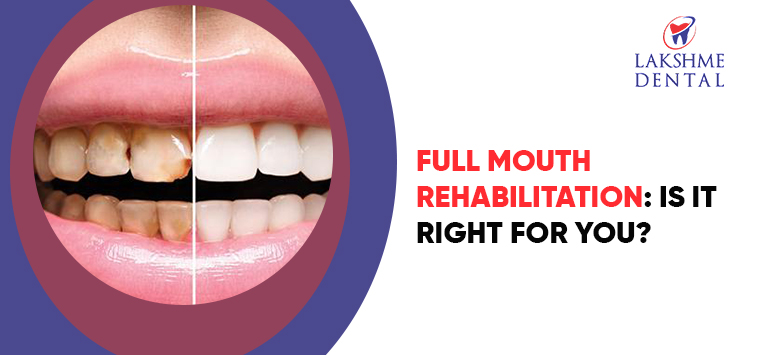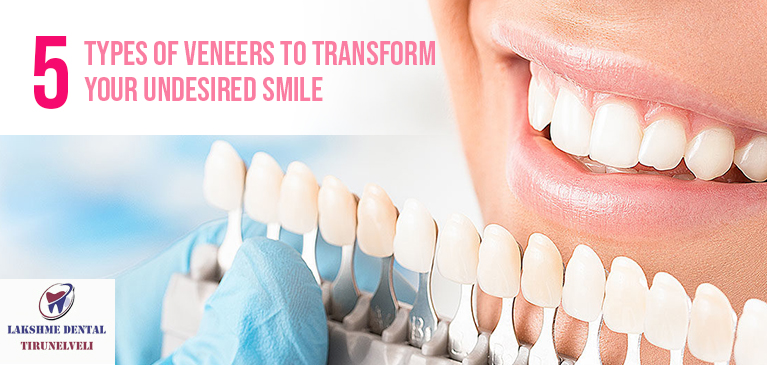
5 Types of Veneers to Transform Your Undesired Smile
Do you want a cosmetic solution that dramatically changes your smile?
Dental veneers guarantee you a flawless smile by modifying the color, shape, and even appearance of a problematic natural tooth. Teeth veneers are custom-made resins fixed over the front surface of teeth. They are sometimes referred as “Smile Makeover” and are recommended for minor aesthetic issues like stained teeth, chipped or broken teeth, and gaps between the teeth.
In most cases, the cosmetic appliance is suggested for restructuring front teeth, rather than back teeth. Inlays and Onlays are effective to rectify the glitches in back molar teeth.
There are 5 types of cosmetic veneers, each has its pros and cons which are explained throughout this post.
1) Porcelain Veneers
Porcelain veneers are the most commonly used appliance as they are made up of tooth-colored ceramic shell. It has been used in practice since 1930s. Apart from mimicking the teeth’s natural looks, these veneers can withhold the biting pressure to a certain extent.
Hence the porcelain veneers are acclaimed as strong & durable than other veneers. Moreover, it is biocompatible hence the porcelain veneers do not cause allergic reactions to the surrounding tissues.
| PROS | CONS |
| Stain-resistant | Quite expensive |
| Tooth-like texture | Requires enamel removal |
| Lasting for 8 to 15 years | Hard to repair if it damages |
| Less chances of getting damaged | Teeth Sensitivity |
| Do not injure the gum tissues | Maintenance |
2) Composite Veneers
Composite veneers are prepared using composite resin, which is made up of both organic and inorganic substances. The organic particle the veneer contains include resin, initiator, and a coupling agent whilst filler is the only inorganic material the veneer holds. Despite using an inorganic agent, composite veneers do not irk or irritate the surrounding tissues or neighboring teeth.
It is inexpensive when compared to fixing porcelain veneers. However, tooth preparation is mandatory for cementing composite veneers over the teeth.
| PROS | CONS |
| Strong and can last for 5 to 7 years | Less expensive |
| Smooth texture | Prone to discoloration |
| Easily repaired if it is broken | Less durable than porcelain veneers |
| It can be fixed in a single visit | Aesthetic Limitations |
3) Lumineers
Lumineers are thin but the sturdiest veneers and they can be applied with less teeth preparation. As the appliance is made up of ultra-thin porcelain laminate material, it can last long as porcelain veneers.
Despite being the lumineers are not thick enough, their surfaces are smooth and feel natural after they are bonded over the teeth surface.
| PROS | CONS |
| Less expensive than porcelain veneers | Higher chances of detachment |
| Requires minimal tooth preparation | Dark spots beneath Lumineers will be visible due to the appliances’ thinness. |
| Reversible | Can chip or crack under excessive force or impact |
4) Palatal Veneers
Palatal Veneers, also known as Lingual Veneers are custom-built appliances to restore the lingual surface of your front teeth. They can be fabricated with a number of materials like porcelain laminates, composite materials, and even gold.
5) Temporary Veneers
Temporary veneers which are also known as removable veneers or snap-on veneers are made up of a flexible type of resin. They are typically fixed as a temporary solution until the permanent veneers are fabricated.
In certain cases, the non-permanent veneers are used as mouthguards and aid in hiding the imperfections in teeth. Here are the widely used temporary veneers:
- Instant Veneers
- Custom-made clip-on veneers
Bottom line
Besides hiding the imperfections over teeth surfaces, covering the teeth surfaces with veneers are also helpful in treating teeth sensitivity.
Teeth with deep cracks and eroded enamel expose the sensitive tissues or layers underneath and provoke acute pain. This problem can be addressed with veneers. In simply, dental veneers provide an excellent solution for sensitive feel in front teeth as well as the aesthetic issues.

